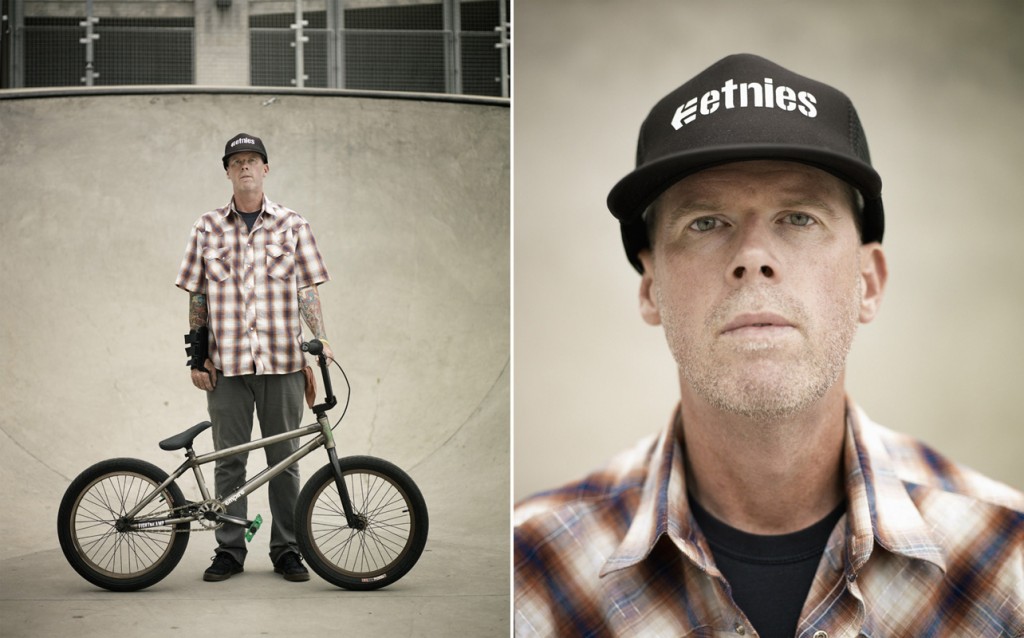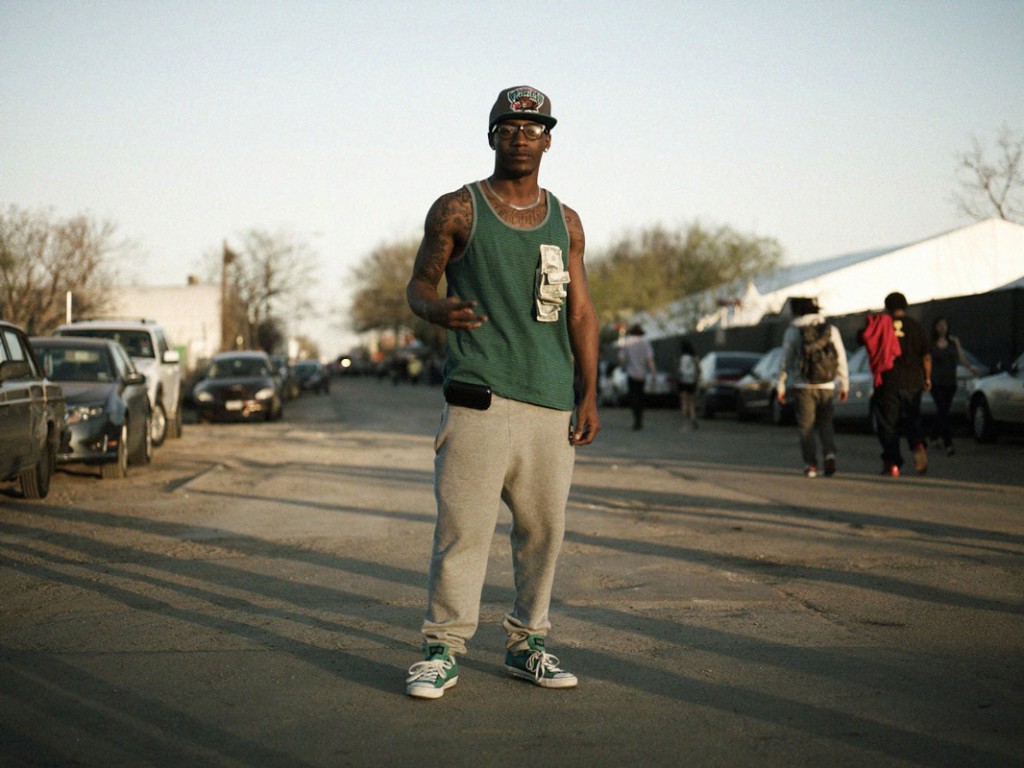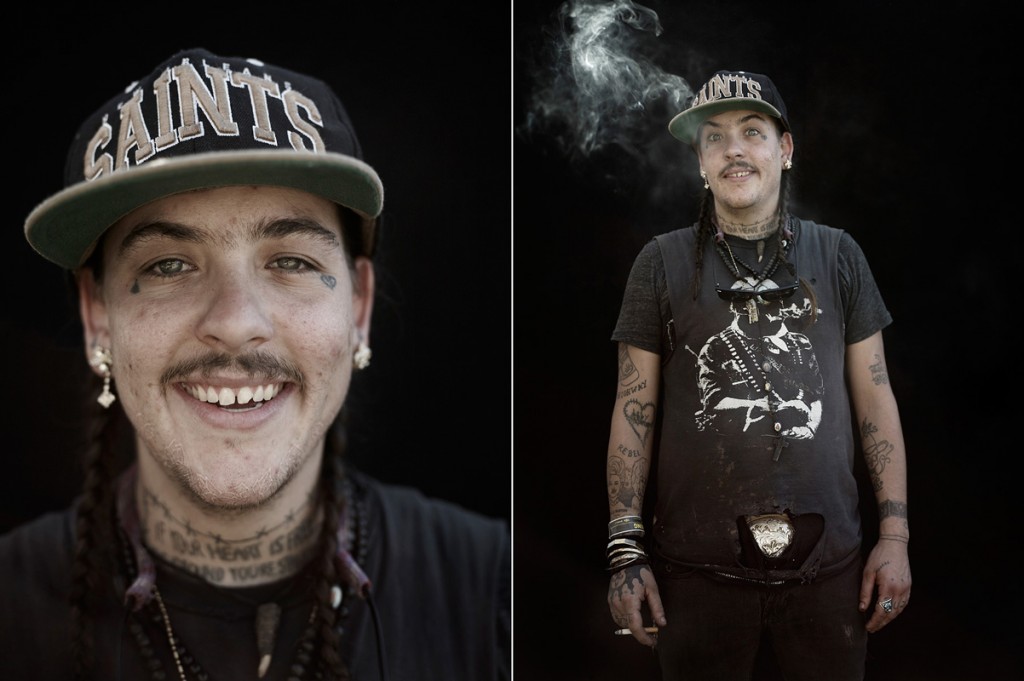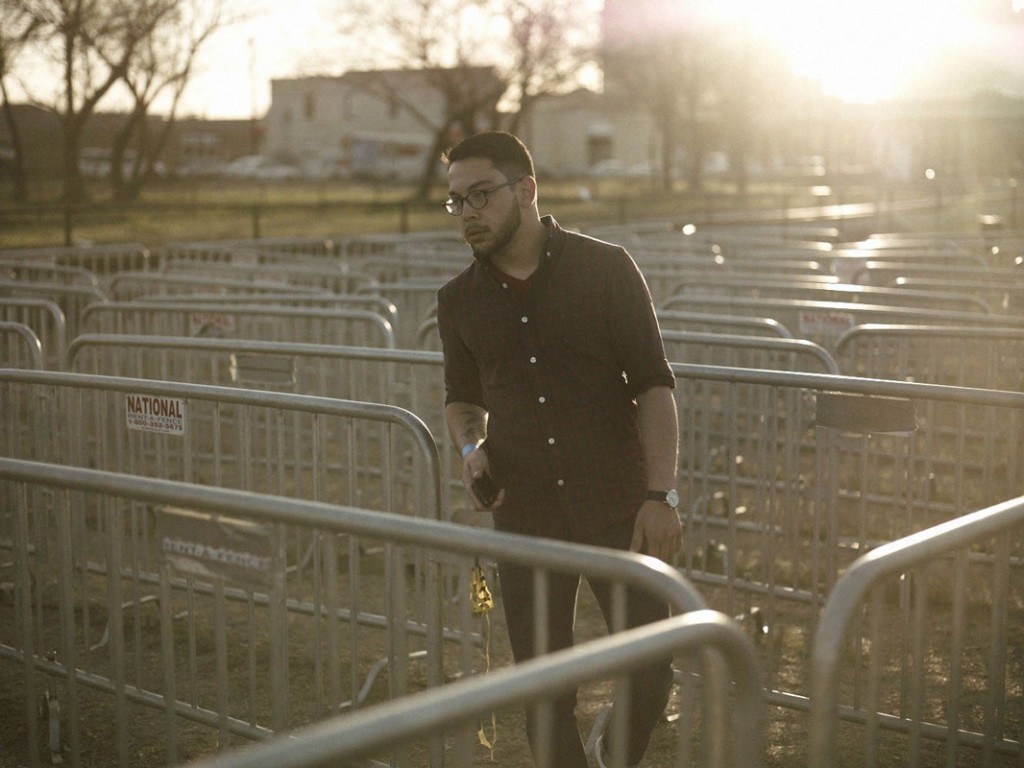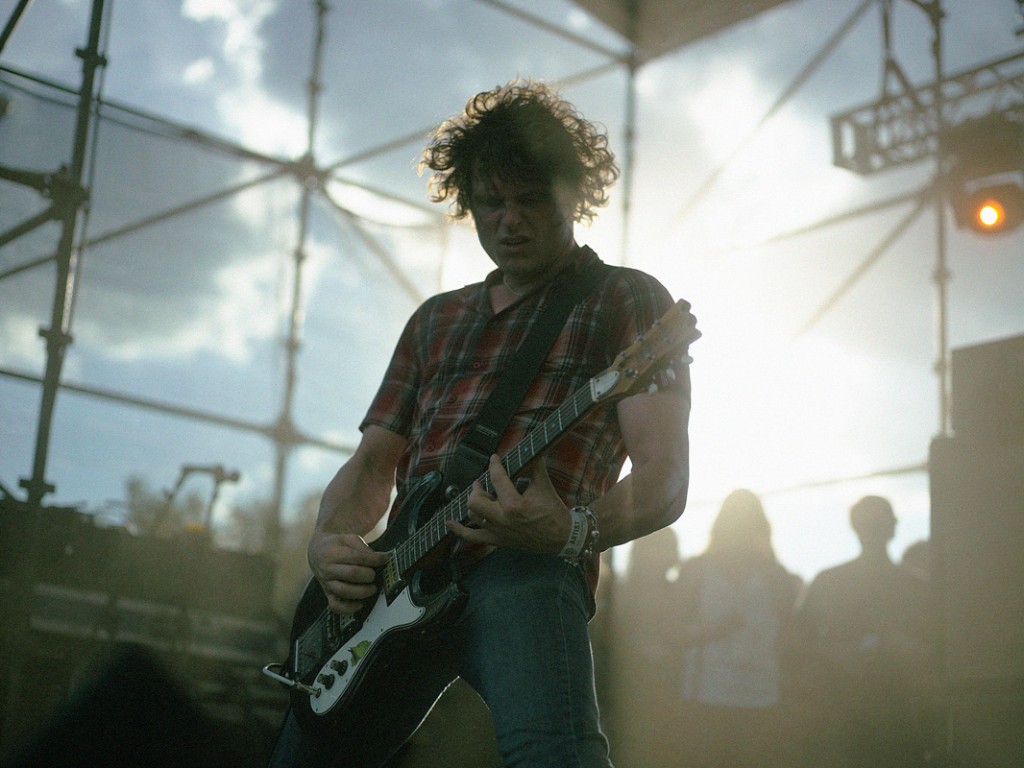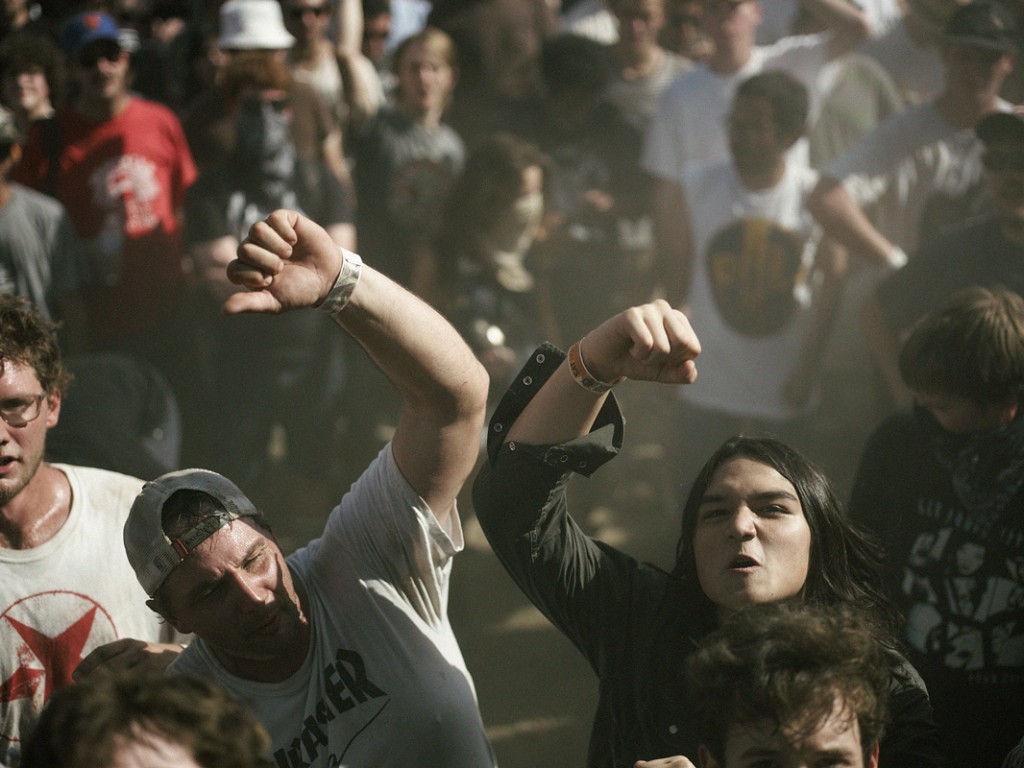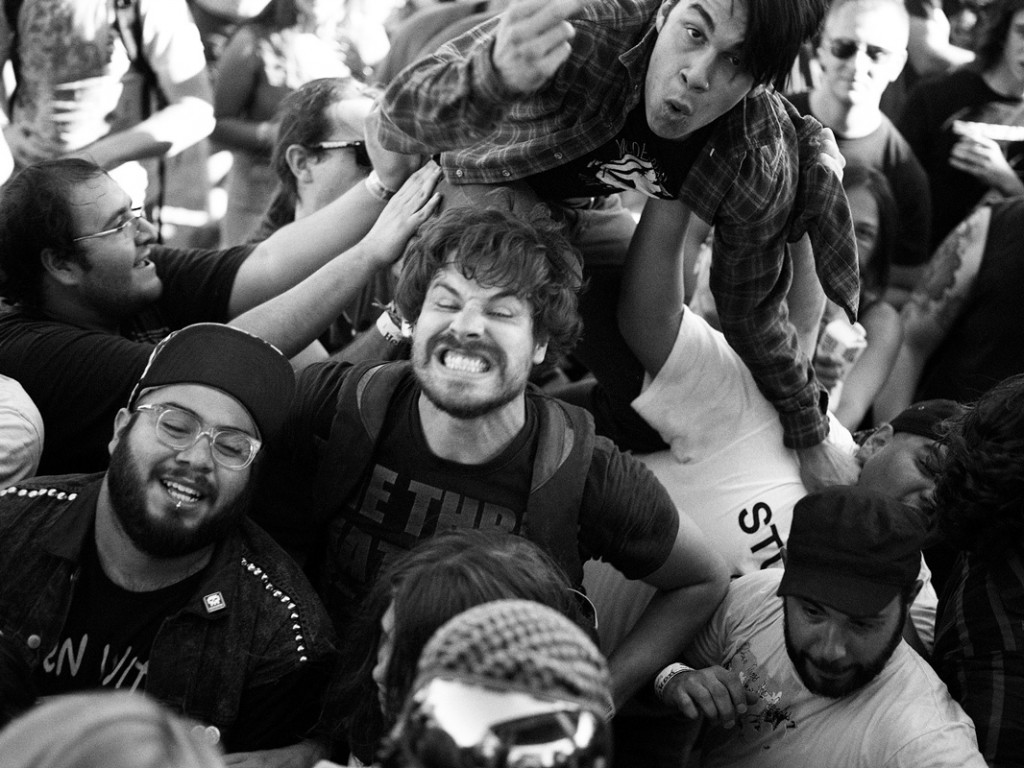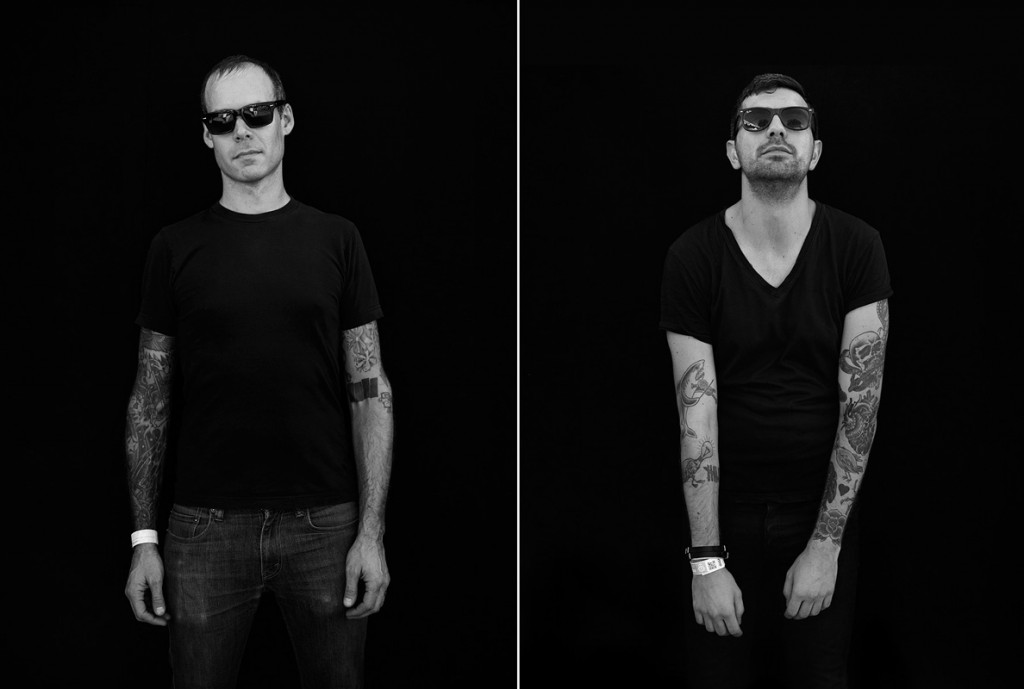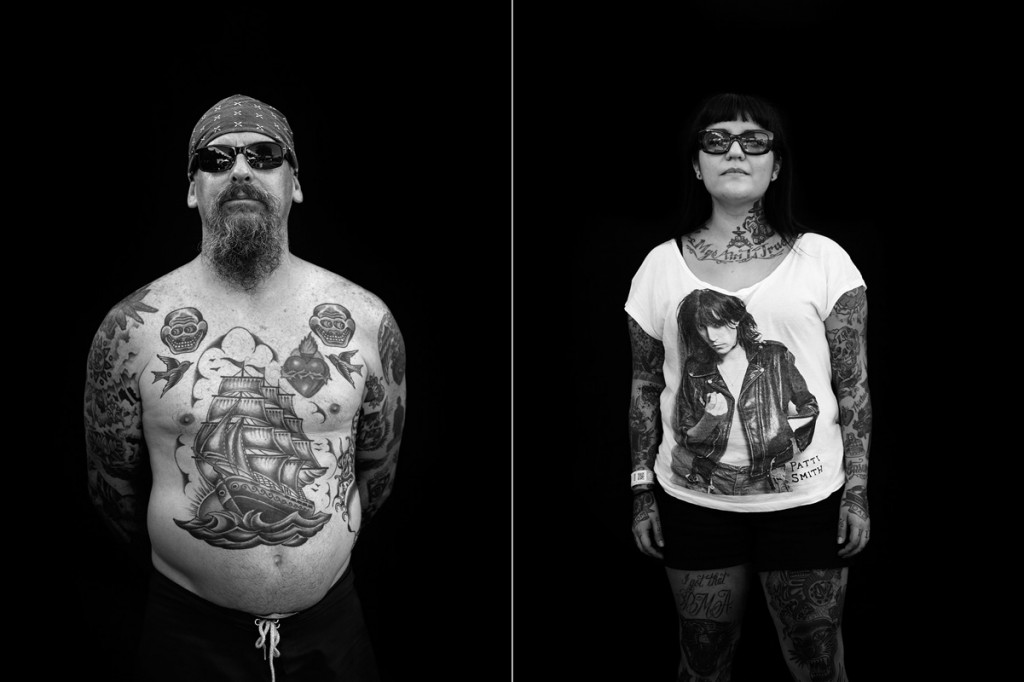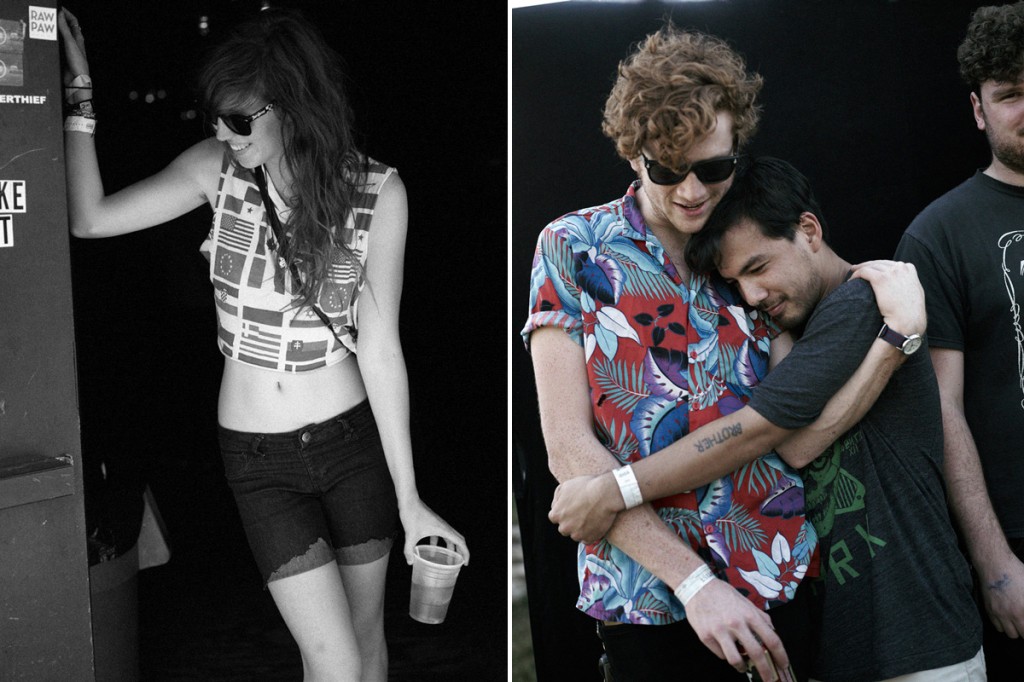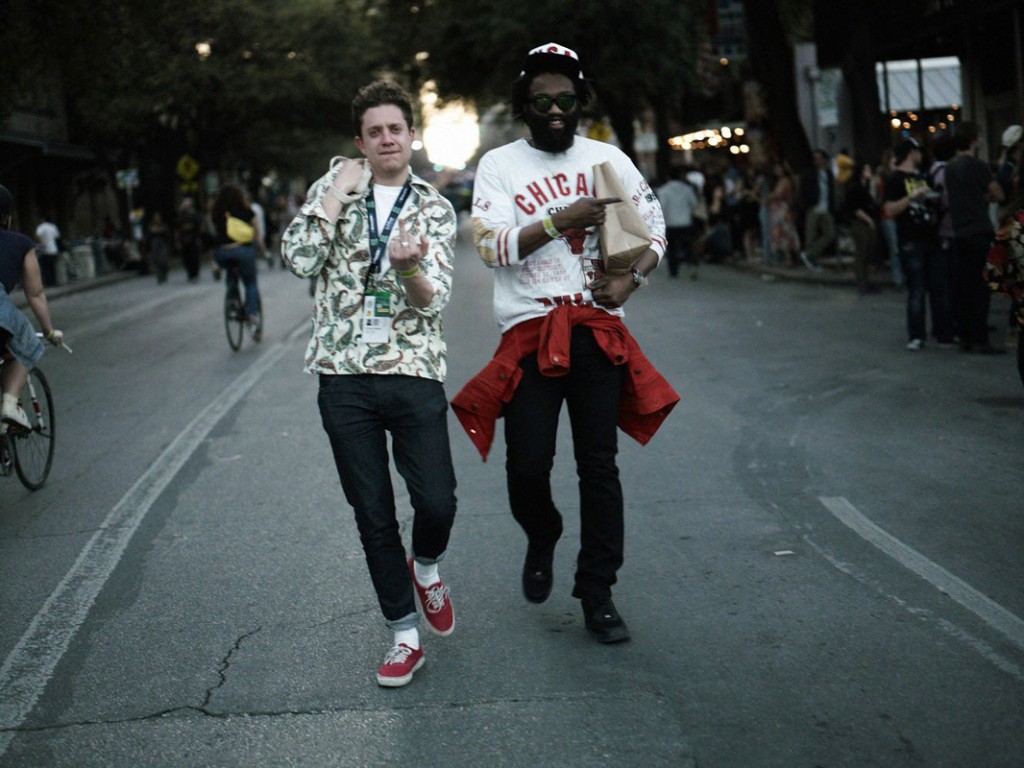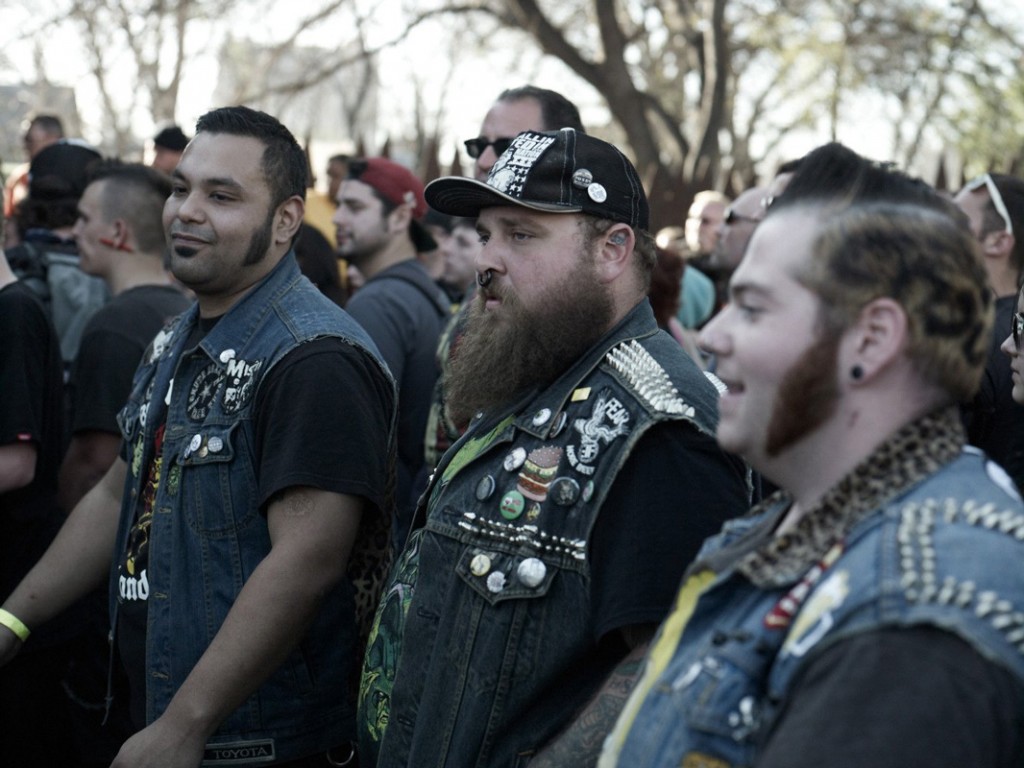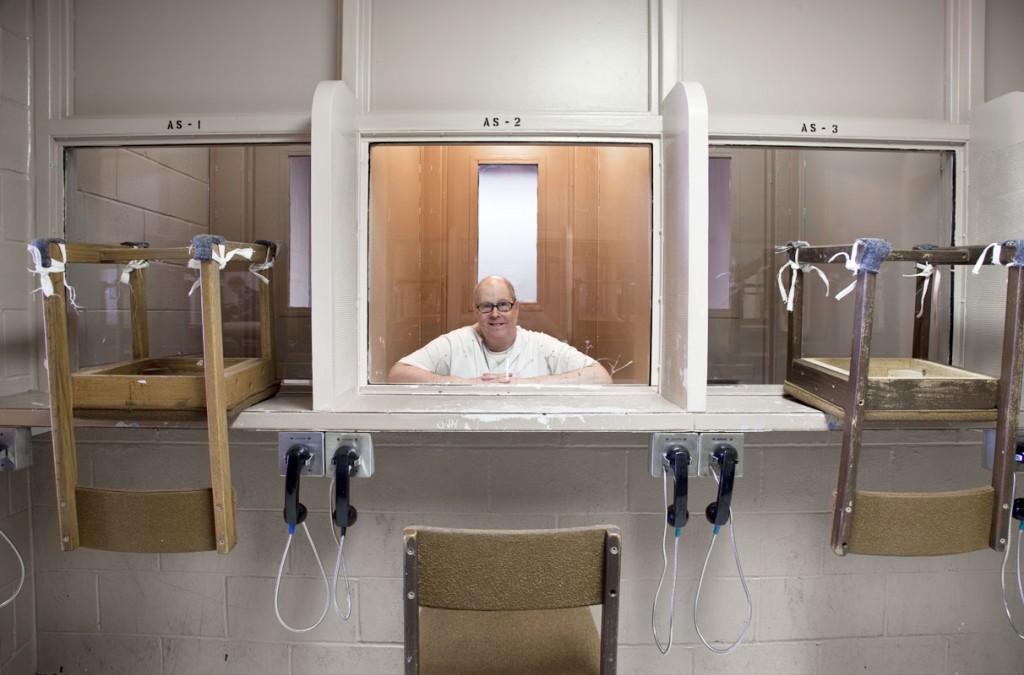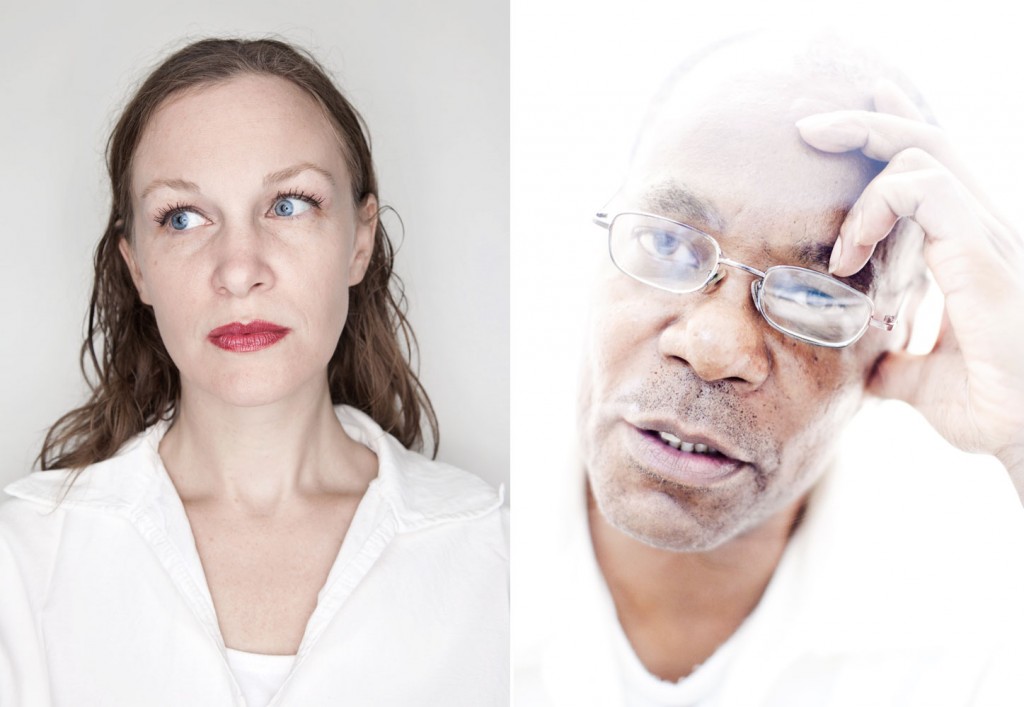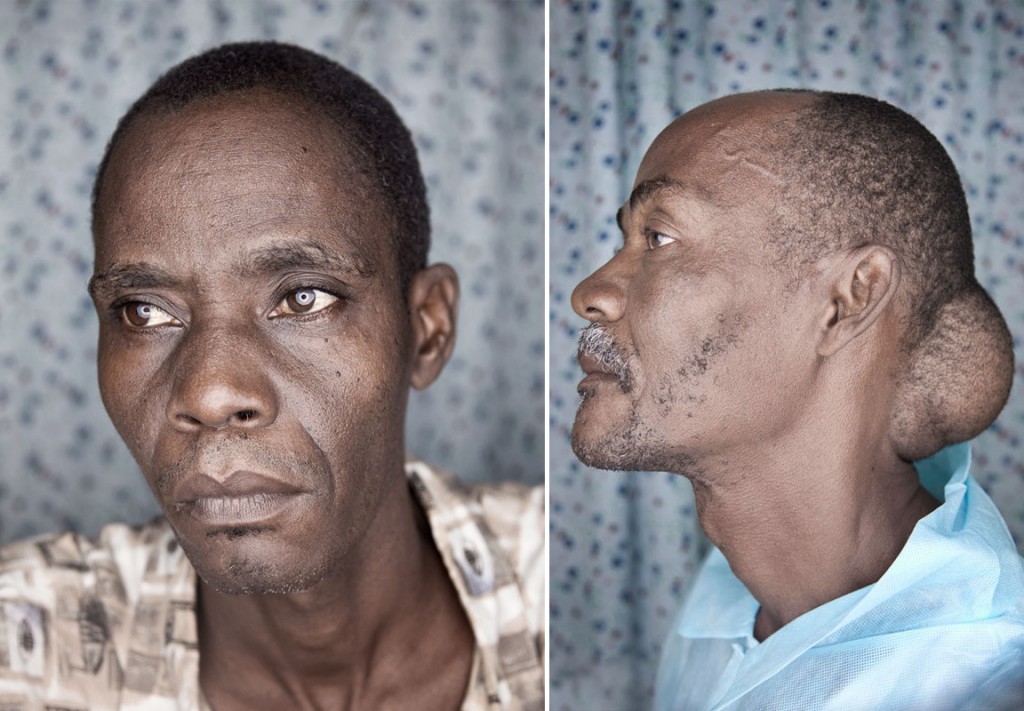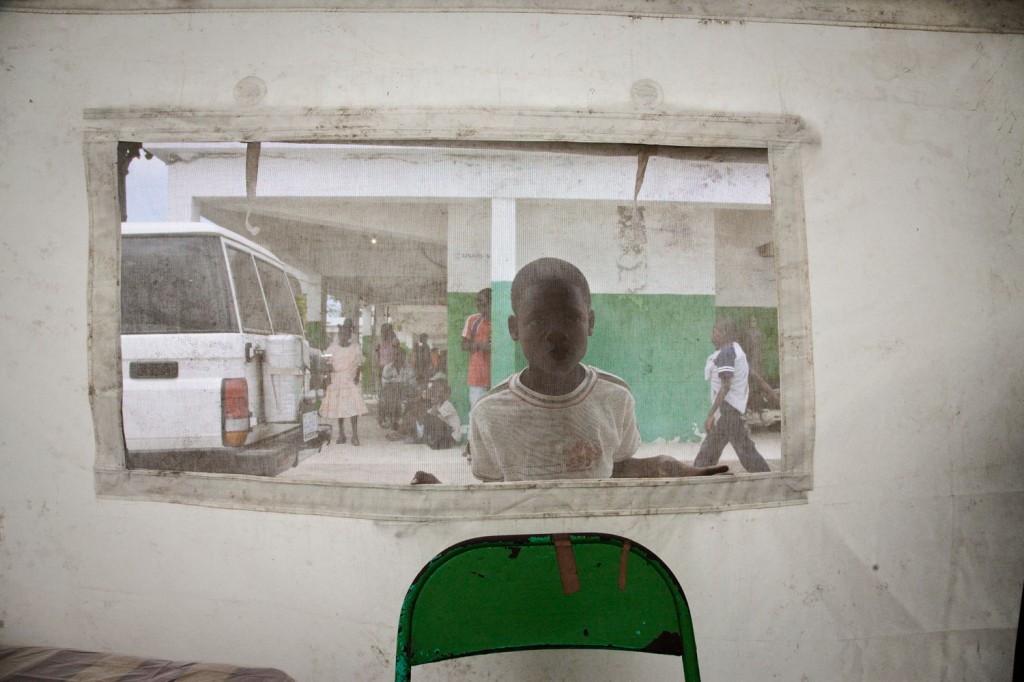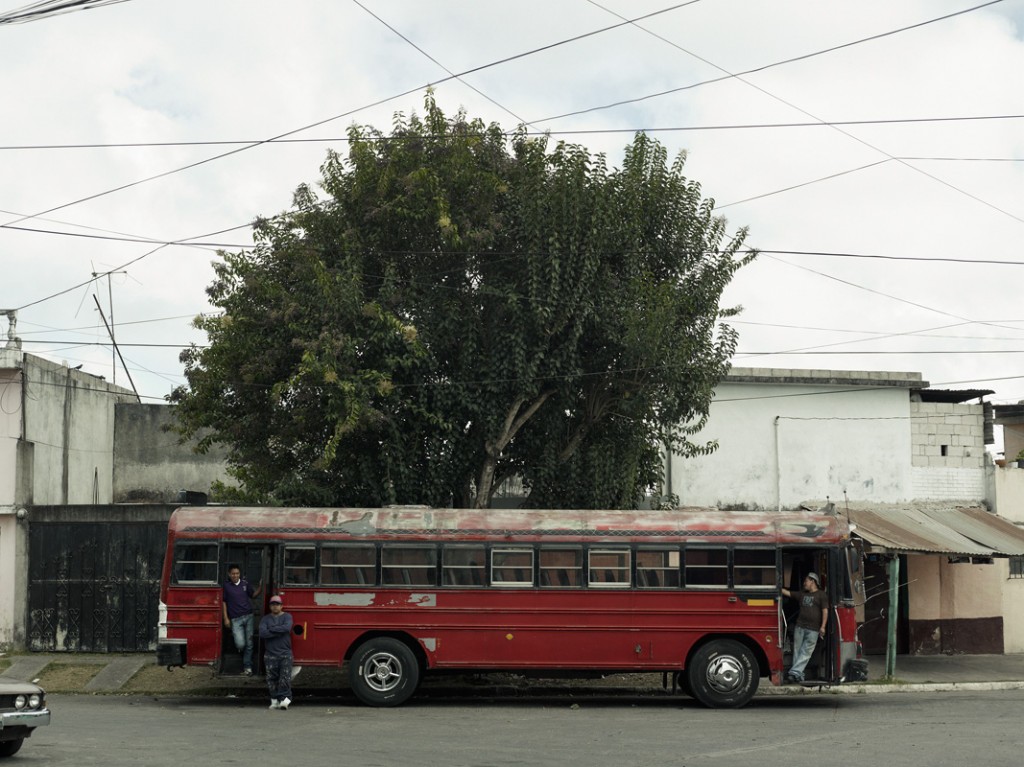Originally from California, Matt Rainwaters moved to Austin 6 years ago to start his career in photography. From landscapes to reportage, Matt strives to create honest work and talks with ILTP about his recent experiences photographing in Haiti and Guatemala.
Tell us a little about your background. How did you get started?
I’m from the San Fernando Valley, just North of LA. Photography for me started around age 14 when I bought a video camera– I used to make skate videos with my friends. Now everyone has a video camera on their phone, but back then it was rare for someone to have their own camera, so I just fell into the role of photographer for my friends. When I wasn’t filming skate boarding, I was filming punk rock. It wasn’t until I was 18 that I bought my first still camera.
When I wasn’t filming skate boarding, I was filming punk rock
Then when I was 21 I left a job working in this crazy special effects shop – a pretty unique job making monsters for horror movies and art films- to go to Brooks. I focused on black and white printing and landscapes, and I did everything I could to avoid photographing people. My degree is actually in industrial and scientific photography. When I graduated, I was showing black and white landscapes in galleries all over California, but you don’t make much money doing that, so I took a job teaching high school photography.
My buddy Adam Voorhes told me there was lots of opportunity in Austin, so I moved and it’s just kind of worked out from there
After three years, I got concerned I’d never have a professional photography career if I was still teaching, so I quit my job one day in the middle of a teachers meeting. Then my buddy Adam Voorhes told me there was lots of opportunity in Austin, so I moved and it’s just kind of worked out from there. That was about 6 years ago. 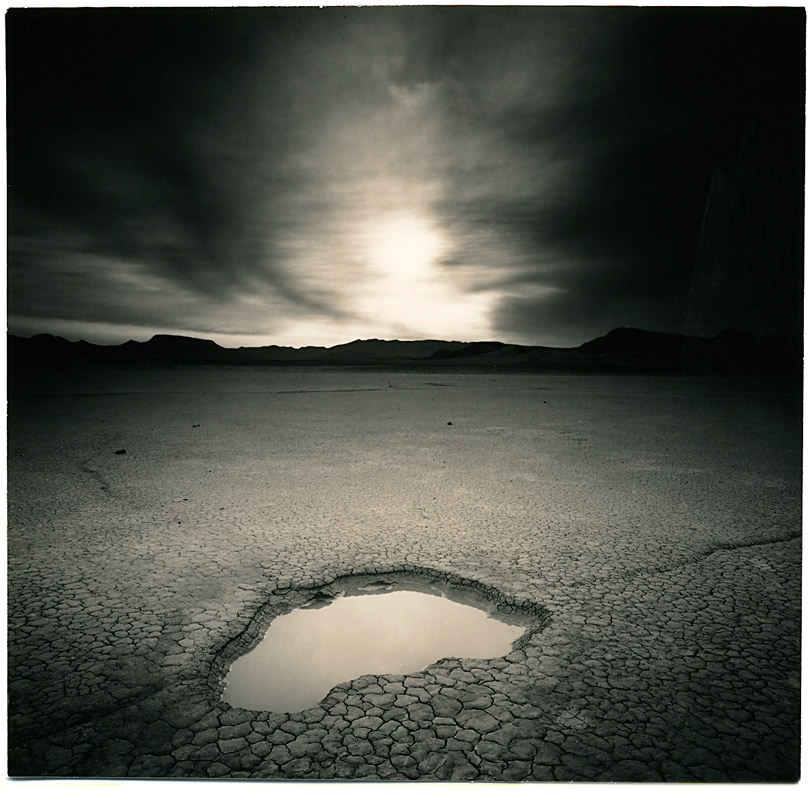 Being from California, do you think you need to go to a big city, like LA,to get started? Did that help you being from there?
Being from California, do you think you need to go to a big city, like LA,to get started? Did that help you being from there?
Being from LA didn’t really help me. It’s really about your work and vision. I moved here with a landscape portfolio and three years of teaching experience now I shoot more portraits than landscapes.
Who are you influenced or inspired by?
I saw the Richard Avedon documentary, “Darkness and Light,” and the way he dealt with subjects was revolutionary to me. He could talk to his subjects and direct the entire shoot without them realizing it. It’s a rare skill to be able to disarm people in front of the camera and get an honest photograph. Avedon was a real master at that.
Renee Cervantes is an influence as well. We met in school and have been close friends since. He’s a phenomenal photographer based in NYC. Renee and I have a similar work style that involves minimal gear, and we talk shop about that kind of thing.
Lou Mora is another influence. Lou amazes me with his natural light photos. He’s been especially inspirational lately as I’m trying to move away from using artificial light and am shooting more natural looking photos.
Lastly, Nadav Kander, is very influential. Nadav can shoot anything and make it look good.
[Keith Carter] said, “Above all else, always be honest with your work” And that stuck.
How would you describe your visual style?
I think your style is always changing. For me, I want consistently honest work. I’m not forcing the subject or coaxing them to do something they don’t want to. I did a phone interview with Keith Carter when I was a student, and at the end I asked if he had any advice for an aspiring photographer. Keith said, “ Above all else, always be honest with your work” and that stuck.
I don’t do a lot of conceptual photography because I don’t think it would be honest coming from me; I’d rather just show a person as they are.
You obviously shoot people now…
I knew if I wanted to make it as an editorial and commercial photographer, I’d need to photograph people. So I spent a few months before moving to Austin photographing some of my students to build my portfolio. After moving, I got a break shooting with Austin Monthly and the first thing they had me do was shoot a fashion spread – the last thing that I am is a fashion photographer. I just made it as landscape-y as possible, where the girl was smaller in the frame.
Then I started getting a lot of the assignments that took a reportage twist – a lot of prison and disaster stories… and that stuff takes a mental toll on you. Right now I’m trying to focus back on lifestyle images, music and punk rock – like Fun Fun Fun Fest and SXSW – to return to the inspiration where it all started.
It’s a great job where you get to travel, meet people and see new things. Even though you’re in Guatemala and think you’re going to die…
Most memorable photo shoot?
The most recent one: I was working for the New Republic on a story about Guatemalan Bus Drivers, which is considered one of the most dangerous jobs in the world right now, ahead of industrial logging and deep-sea fishing. And it’s not because they’re flipping buses off the sides of cliffs – even though they’re doing that too.
They’re being extorted by MS13 and M18 – the most notorious gangs to come out of Southern California after a huge deportation in the mid-90s. Now the gangs have incredibly sophisticated crime syndicates and their income comes from extortion. We spent a few days with a bus driver who was being extorted by one gang and hunted down by another for almost killing one of their members.
At one point our bus broke down and we were in the neighborhood where he beat that guy up who’s trying to hunt him down. We’re on this bus like sitting ducks, in a neighborhood that we’re not suppose to be in, and I’m photographing him with a huge medium format camera trying not to be obvious. I really thought we were going to die there a few times.
Haiti was rough too. I spent 9 days in a hospital without running water for the Texas Medical Association with doctors giving aid to patients post-earthquake. No one talked about how there’s this overwhelming need for aid in Haiti, beyond the earthquake.
We were outside Port Au Prince by 4 hours, but the infrastructure is just so rough, it’s difficult for them to bring people to the hospital. So we were helping the local people, but they don’t have basic things like soap. I saw two horribly infected legs that had to be amputated with handsaws because they just don’t have soap to clean the wounds.
The work is hard for me to look at so I took it down from my site about a year ago. That’s bad stuff, but there’s good stuff too. Overall, it’s a great job where you get to travel, meet people and see new things. Even though you’re in Guatemala and think you’re going to die, it’s an amazing experience and something most people don’t get to have. It definetely grounds you.
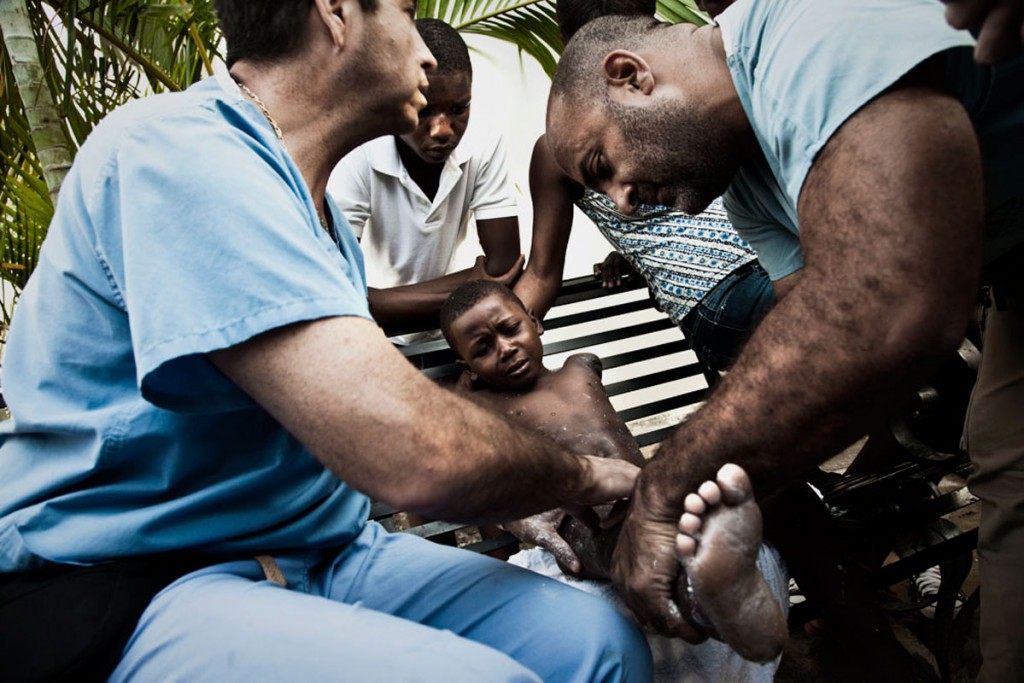
What’s your favorite thing about shooting in Texas?
The people are really unique; there’s so many interesting stories coming out of Texas. In California, the really great thing is the landscape – you’ve got the coast, snow in the mountains, and a beautiful desert – you have that same kind of diversity here in Texas, but with the people.
How do you spend your free time?
I grew up skating, and just started doing that again. I’m also raising a baby and that takes up a lot of time, but she’s a little cutie so it’s worth it.
Do you have a dream assignment?
I feel pretty lucky; I get a nice mix. I’ve done a good job of not getting pigeonholed, so I still get a range of studio assignments, environmental portraits and travel jobs. I get a good mix of travel and adventure, doing work that I’m interested in, plus some fluffy stuff that helps pay the bills.
Your book ‘Beard’ started as a personal project. What was it like getting it published into a book?
The “Beardfolio” project went viral really fast; then over a year later, a friend of mine, Will Bryant, told me to pitch it to an editor at Chronicle Books. I did, and then two-weeks later, they said they liked it and wanted to print it as a book. Publishing a book is not a super profitable endeavor, but it’s really fun. It’s also great marketing piece and really fulfilling to be able to walk into a bookstore and say, “I did that.”
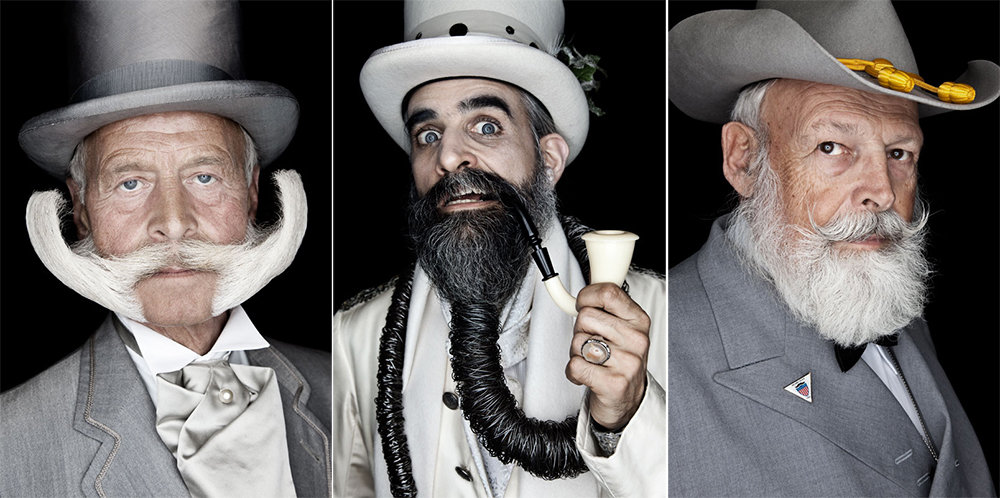
You’re bearded now, but have you always had a beard?
I didn’t always have a beard but I kind of feel like I had to be a bearded ambassador after printing the book. One of the guys in the book said, you can’t really know your face without seeing it with a beard. I just prefer the way I look with a beard now. And my wife likes it, so that makes her a keeper.
Best career decision so far?
The faith to invest time and money in personal projects and using those to promote your work instead of tear sheets.
It’s really about your work and vision.
So just like you asked Keith Carter, do you have any advice for a young, aspiring photographers?
You really have to enjoy what you shoot. That’s kind of a no-brainer. Make sure you love photography before you decide to dedicate your life to it… because that’s what you have to do to make a career out of it. And be honest with your work… Keith said it best so it’s worth repeating.
Favorite Taco: I love tacos! I can talk passionately about tacos, maybe more so than photography. In Austin, best taco joint, world-class, one of my top three favorite anywhere, is Piedras Negras, but we lovingly call it “Not Dos Hermanos,” because the trailer is on the foundation of a leveled Mexican restaurant named Dos Hermanos… the sign is even still there.
Favorite BBQ: Kreutz Market’s ribs. I love that its dry rub… it’s truly an art to make BBQ that good without sauce.
Favorite Beverage: Beer: Hops and Grain’s Pale Dog Coffee: Non fat latte from Jo’s on South Congress Water: Whole Foods’ brand sparkling mineral water in the giant green bottle
Favorite Texas Weekend getaway spot: My backyard… cruise over we’ll smoke ribs and play Bocce

